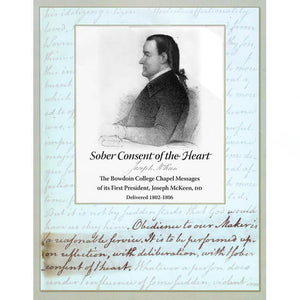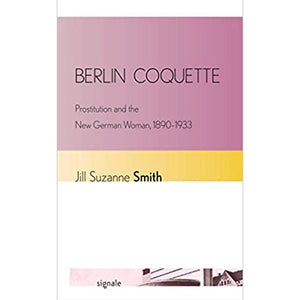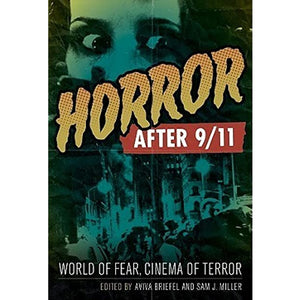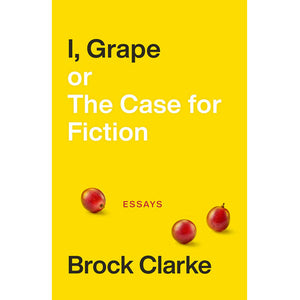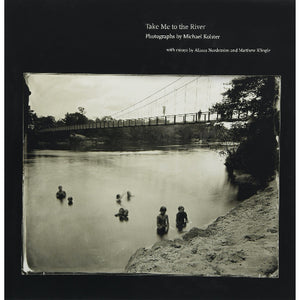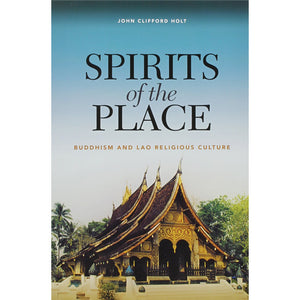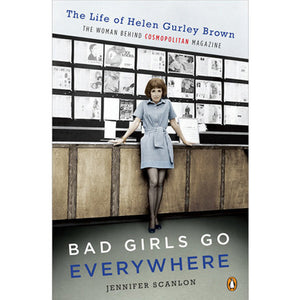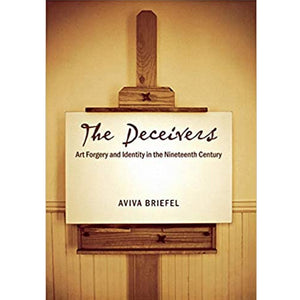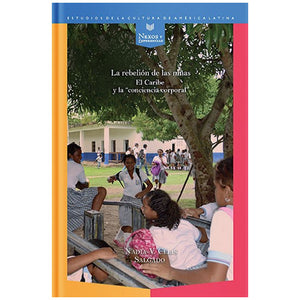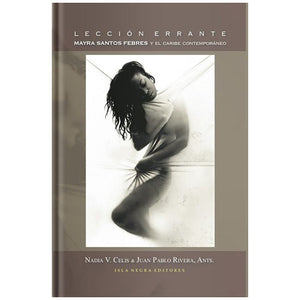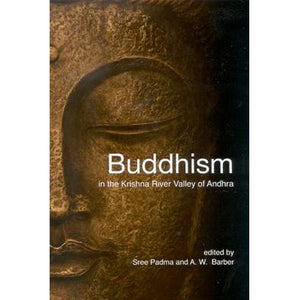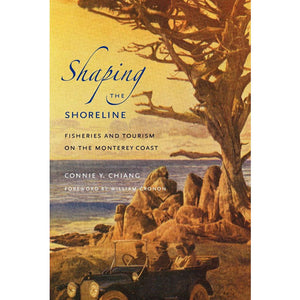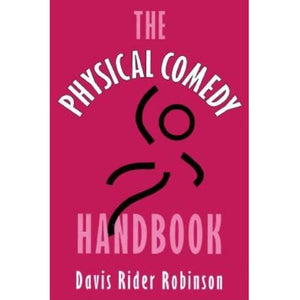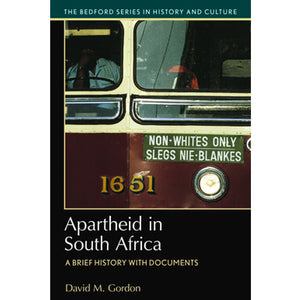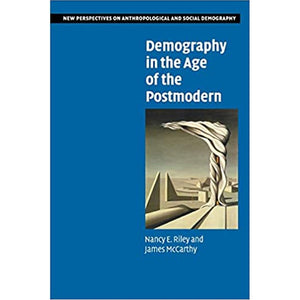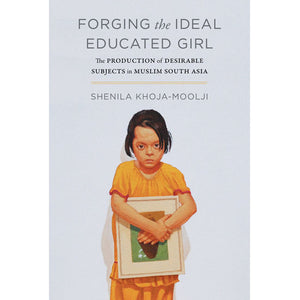- Home
- General Merchandise
- Bowdoin Faculty
General Merchandise

Sober Consent of the Heart — McKeen
$30.00
Joseph McKeen, First President of BowdoinCompiled and edited by Robert B. Gregory It is impossible to spend any time in the Bowdoin chapel and not be impressed with the influence that Bowdoin's first president Joseph McKeen continues to have on the life of the college. Those few words about the "common good" taken from his inaugural message whi...

Remembrance of Things to Come
$15.00
By Edward Pols This slim and beautiful volume of poetry by Edward Pols transcends its setting in Maine, Italy, and the Europe of World War II, to speak of love and loss, life and death, and the inescapable memories of war. It is a book a thoughtful reader will come back to again and again, finding something new to contemplate in each reading. Th...
Berlin Coquette — Smith

Berlin Coquette — Smith
$27.95
By Jill Suzanne SmithAssociate Professor of German During the late nineteenth century the city of Berlin developed such a reputation for lawlessness and sexual licentiousness that it came to be known as the “Whore of Babylon.” Out of this reputation for debauchery grew an unusually rich discourse around prostitution. In Berlin Coquette, Jill Suz...
Horror after 9/11 — Briefel

Horror after 9/11 — Briefel
$55.00
Edited by Aviva Briefel, Professor of English and Cinema Studiesand Sam J. Miller Horror films have exploded in popularity since the tragic events of September 11, 2001, many of them breaking box office records and generating broad public discourse. These films have attracted A-list talent and earned award nods, while at the same time becoming...
I, Grape — Clarke

I, Grape — Clarke
$17.00
By Brock Clarke Professor of English In fifteen sharply engaging essays, acclaimed novelist and short story writer Brock Clarke examines the art (and artifice) of fiction from unpredictable, entertaining, and often personal angles, positing through a slant scrutiny of place, voice, and syntax what fiction can—and can’t—do. (“Very: is there a wea...

Nature Behind Barbed Wire — Chiang
$37.99
By Connie Chiang, Director of Environmental Studies Program and Professor of History and Environmental Studies The mass imprisonment of over 110,000 people of Japanese ancestry during World War II was one of the most egregious violations of civil liberties in United States history. Removed from their homes on the temperate Pacific Coast, Japanes...
Take Me To the River

Take Me To the River
$60.00
By Michael KolsterProfessor of Art In Take Me to the River, Michael Kolster explores four American rivers that flow into the Atlantic Ocean—the Androscoggin, Schuylkill, James, and Savannah—as they emerge from two centuries of industrial use and neglect. Even as these well-known rivers still carry the legacies of longstanding pollution in their ...
Spirits of the Place — Holt

Spirits of the Place — Holt
$27.00
By John Clifford Holt William R. Kenan, Jr., Professor of Humanities in Religion & Asian Studies Spirits of the Place is a rare and timely contribution to our understanding of religious culture in Laos and Southeast Asia. Most often studied as a part of Thai, Vietnamese, or Khmer history, Laos remains a terra incognita to most Westerners -...

Bad Girls Go Everywhere — Scanlon
$16.00
By Jennifer Scanlon Professor of Gender and Women's Studies When reviewing the great figures of feminism, few would call to mind the creator of the Cosmo Girl, but as Jennifer Scanlon argues in her fascinating biography Bad Girls Go Everywhere: The Life of Helen Gurley Brown, the longtime editor of Cosmopolitan and diva of the New York magazine ...
The Deceivers — Briefel

The Deceivers — Briefel
$41.95
By Aviva BriefelProfessor of English and Cinema Studies The nineteenth century witnessed an unprecedented increase in art forgery, caused both by the advent of national museums and by a rapidly growing bourgeois interest in collecting objects from the past. This rise had profound repercussions on notions of selfhood and national identity withi...
Sabor Judío — Boyle

Sabor Judío — Boyle
$40.00
By Margaret Boyle, Associate Professor of Romance Languages and Literatures, Director of Latin American, Caribbean, and Latinx Studies Program, and Ilan Stavans Sabor Judío celebrates the delicious fusion of two culinary traditions, Jewish and Mexican. Written with joy and verve, Ilan Stavans and Margaret Boyle’s lavishly illustrated cookbook de...

Crónica de un Amor Terrible — Celis
$19.95
By Nadia V. CelisProfessor of Romance Languages and Literatures and Latin American, Caribbean, and Latinx Studies Una fascinante investigación por los lugares, personajes y hechos reales que inspiraron una de las novelas más reconocidas de Gabriel García Márquez: Crónica de una muerte anunciada. Durante una visita al Harry Ransom Center, donde r...

La rebelión de las niñas — Celis
$32.50
By Nadia V. CelisProfessor of Romance Languages and Literatures and Latin American, Caribbean, and Latinx Studies A study of the representation of girlhood in the work of Hispanic Caribbean women writers, The Rebellion is also a critique of the multifaceted relation of power and gendered bodies in Caribbean cultures. Combining feminist theory wi...
Lección Errante — Celis

Lección Errante — Celis
$26.00
By Nadia V. CelisProfessor of Romance Languages and Literatures and Latin American, Caribbean, and Latinx Studies Lección errante: Mayra Santos Febres y el Caribe contemporáneo is the first book of critical essays on Mayra Santos-Febres, one of the Caribbean’s most versatile writers, and arguably the first Latin American Afra-Hispanic literary c...

Muerte de Utopía — Wolfenzon Niego
$35.00
By Carolyn Wolfenzon NiegoAssociate Professor of Romance Languages and Literatures Muerte de Utopía: historia, antihistoria e insularidad en la novela latinoamericana, analyzes the representation of the colonial period (16th-18th centuries) and its literal and metaphorical islands in seven contemporary Latin American novels. The central hypothe...

Buddhism in the Krishna River Valley of Andhra — Padma
$65.00
Edited by Sree Padma, Research Associate in Asian Studiesand A.W. Barber Offering perspectives from a distinguished group of international scholars, this book provides a multidisciplinary inquiry into the various forms of Buddhism that thrived during the early centuries of the common era in the Krishna River Valley areas of what is now the moder...
Shen Gua’s Empiricism — Zuo

Shen Gua’s Empiricism — Zuo
$49.95
By Ya Zuo, Associate Professor of History and Asian Studies Shen Gua (1031–1095) is a household name in China, known as a distinguished renaissance man and the author of Brush Talks from Dream Brook, an old text whose remarkable “scientific” discoveries make it appear curiously ahead of its time. In this first book-length study of Shen in Engli...

Shaping the Shoreline — Chiang
$25.00
By Connie Chiang, Director of Environmental Studies Program and Professor of History and Environmental Studies The Monterey coast, home to an acclaimed aquarium and the setting for John Steinbeck's classic novel Cannery Row, was also the stage for a historical junction of industry and tourism. Shaping the Shoreline looks at the ways in which Mo...

The Physical Comedy Handbook — Robinson
$19.95
By Davis Robinson, Professor of Theater Although there are numerous books that examine physical comedy from a historic or aesthetic perspective, few provide guidance in how to do it. So where can actors and teachers go for instruction? To The Physical Comedy Handbook. The Physical Comedy Handbook is a one-of-a-kind resource for actors, teachers...

Apartheid in South Africa — Gordon
$24.15
By David Gordon, Professor of History This volume introduces undergraduates to a collection of primary documents on apartheid in South Africa, one of the best known and frequently cited systems of institutionalized and legalized racial and ethnic segregation. David Gordon’s introduction provides context essential to understanding the emergence, ...

Demography in the Age of the Postmodern — Riley
$20.00
By Nancy Riley, A. Myrick Freeman Professor of Social Sciencesand James McCarthy Nancy Riley and James McCarthy examine demography in this study from the new perspective of postmodernism, and survey its development as a field. Demography as a social science has struggled to maintain its political and academic strength. Riley and McCarthy accordi...

Forging the Ideal Educated Girl - Khoja-Moolji
$34.95
By Shenila Khoja-Moolji, Assistant Professor of Gender, Sexuality, and Women's Studies In Forging the Ideal Educated Girl, Shenila Khoja-Moolji traces the figure of the ‘educated girl’ to examine the evolving politics of educational reform and development campaigns in colonial India and Pakistan. She challenges the prevailing common sense associ...

Time Use of Mothers — Connelly
$18.00
By Rachel Connelly, Bion R. Cram Professor of Economicsand Jean Kimmell This book focuses on the time use of mothers of preteenaged children in the United States from 2003 to 2006. We explore how mothers at the start of the twenty-first century are using their time in order to better understand their lives, the lives of their partners, and the l...
Gendered Bodies — Cui

Gendered Bodies — Cui
$52.99 $55.00
By Shuqin Cui, Bowdoin Professor of Asian Studies and Cinema Studies This book introduces readers to women's visual art in contemporary China by examining how the visual process of gendering reshapes understandings of historiography, sexuality, pain, and space. When artists take the body as the subject of female experience and the medium of aest...




